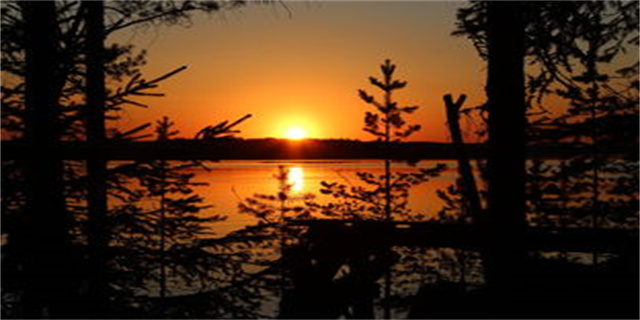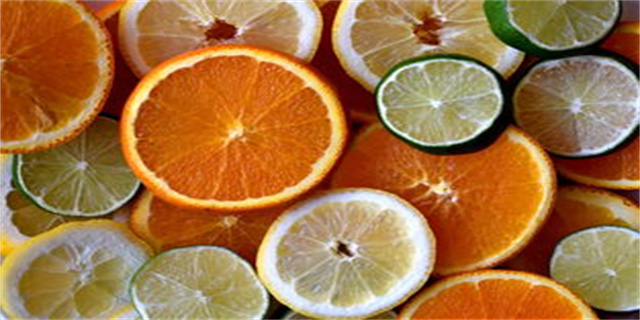Monstrous: A Closer Look at Hideous Creatures
The Enigma of Hideousness
When it comes to the world of natural wonders, beauty has always captivated humans. However, there is another side to nature that is often overlooked – the hideous. From misshapen creatures with grotesque features to organisms with repulsive characteristics, the realm of hideous creatures is as captivating as it is repugnant. In this article, we will delve into the intriguing world of monstrous animals, plants, and beings that challenge our conventional notions of beauty.

Unveiling the Bizarre: The Animal Kingdom
The animal kingdom is a treasure trove of diversity, housing a myriad of species that exhibit unique and awe-inspiring traits. However, amidst the marvels, there exist creatures that we might classify as hideous. Take the humble deep-sea anglerfish, for instance. With its jagged teeth, bulging eyes, and bioluminescent lure hanging from its head, this fish would not win any beauty pageants. Yet, it possesses ingenious adaptations for its environment, making it a master of deep-sea survival.

Another intriguing example is the aye-aye, a lemur-like creature that dwells in Madagascar. With its bat-like ears, elongated finger, and beady eyes, the aye-aye is often deemed repulsive. However, its peculiar physical attributes play a crucial role in its survival. The elongated finger, in particular, allows it to extract insects from tree trunks more efficiently than any other animal, making it an evolutionary marvel.
The Realm of Oddities: The Plant Kingdom
While hideous creatures are often associated with fauna, the plant kingdom is not exempt from showcasing peculiar and unattractive specimens. The corpse flower, for instance, lives up to its name with its repugnant odor resembling the stench of decomposing flesh. Its enormous size and eerie appearance make it one of nature's most bizarre creations. Surprisingly, this foul smell serves a purpose – attracting flies and beetles for pollination.
Equally fascinating is the welwitschia plant, found in the deserts of Namibia. This plant looks like a wilted, brownish-green mess, with long, strap-like leaves. However, appearances can be deceiving. The welwitschia is a hardy survivor, growing in arid conditions and living for centuries. It is a living testament to the wonders of adaptation and resilience.
The Curious Beings: Mythology and Folklore
Hideous creatures have not only captured our attention in the natural world but have also woven themselves into the tapestry of human imagination. Mythology and folklore are rife with tales of bizarre and monstrous beings that defy our understanding of beauty. From the sphinx of Ancient Egypt with its lion's body and human head to the chimeras of Greek mythology, such creatures challenge our conceptions of the aesthetically pleasing.
These curious beings often serve as symbols or lessons within their respective cultural contexts. The hideousness they embody often underscores deeper meanings and moral truths. By examining these mythical creatures, we gain insight into the human fascination with the grotesque and unravel the layers of symbolism embedded in our collective consciousness.
In conclusion, the world of hideous creatures is a captivating one that generates both intrigue and repulsion. By peering beyond the veneer of conventional beauty, we discover a diverse realm of organisms that challenge our perceptions. Whether they are found in the animal kingdom, plant kingdom, or inhabit the realms of mythology and folklore, these hideous creatures offer a glimpse into the marvelous complexity of nature and the intricacies of our own imagination.
版权声明:本文内容由互联网用户自发贡献,该文观点仅代表作者本人。本站仅提供信息存储空间服务,不拥有所有权,不承担相关法律责任。如发现本站有涉嫌抄袭侵权/违法违规的内容, 请发送邮件至3237157959@qq.com 举报,一经查实,本站将立刻删除。
